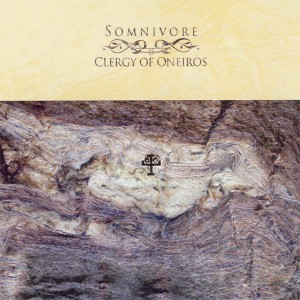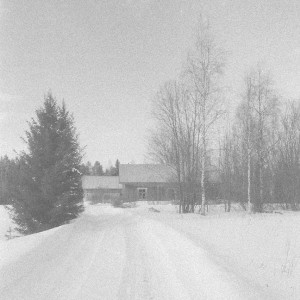 Somnivore
SomnivoreClergy of Oneiros
Anima Arctica, 2007
Review by Henry Lauer
True to their name, Finnish experimentalists Somnivore have served up a dream-laden sonic voyage with their album Clergy of Oneiros. Using found sounds, samples, noisescapes, and a stately sense of drama, they’ve created an unsettling, absorbing, and subtle piece of otherworldly work.
In essence the soundtrack for a shamanic journey, the music weaves fragments of classical music, noise, chanting, percussion, some truly unique mouth harp, and all sorts of recognizable (and not) samples. The tapestry of sound flows smoothly, freely…yet also with that disjointed, constant segue that dreams exemplify.
If the overall effect, therefore, is something that could be called dark ambient music, then so be it. Atmosphere is the order of the day, but the album doesn’t conjure dark horizons so much as the mercurial landscape of inner space and occult vision. Whether Gothic choirs, whirring buzzes, ritualistic drumming, or enigmatic, softly-spoken word, Somnivore never ceases in its hazy ramble through the landscape of the midnight hour.
This is an album for dreamers, trance-explorers, and mystics. It feels primal, like a lake buried deep beneath the earth, cold and still and resonant with the distant sounds filtering through the Underworld. Although there is enough repetition and structure to keep the ear engaged, the album continually opens and closes doors into dreaming and forgetfulness. At times it can be an unsettling experience.
Clergy of Oneiros is not for every listener, being clad in shadow and eerie gloom. As an aid for trance, meditation, and inner exploration, however, it seems extremely well suited. Recommended for those with an ear for atmosphere, magic, and liminality of mood.






